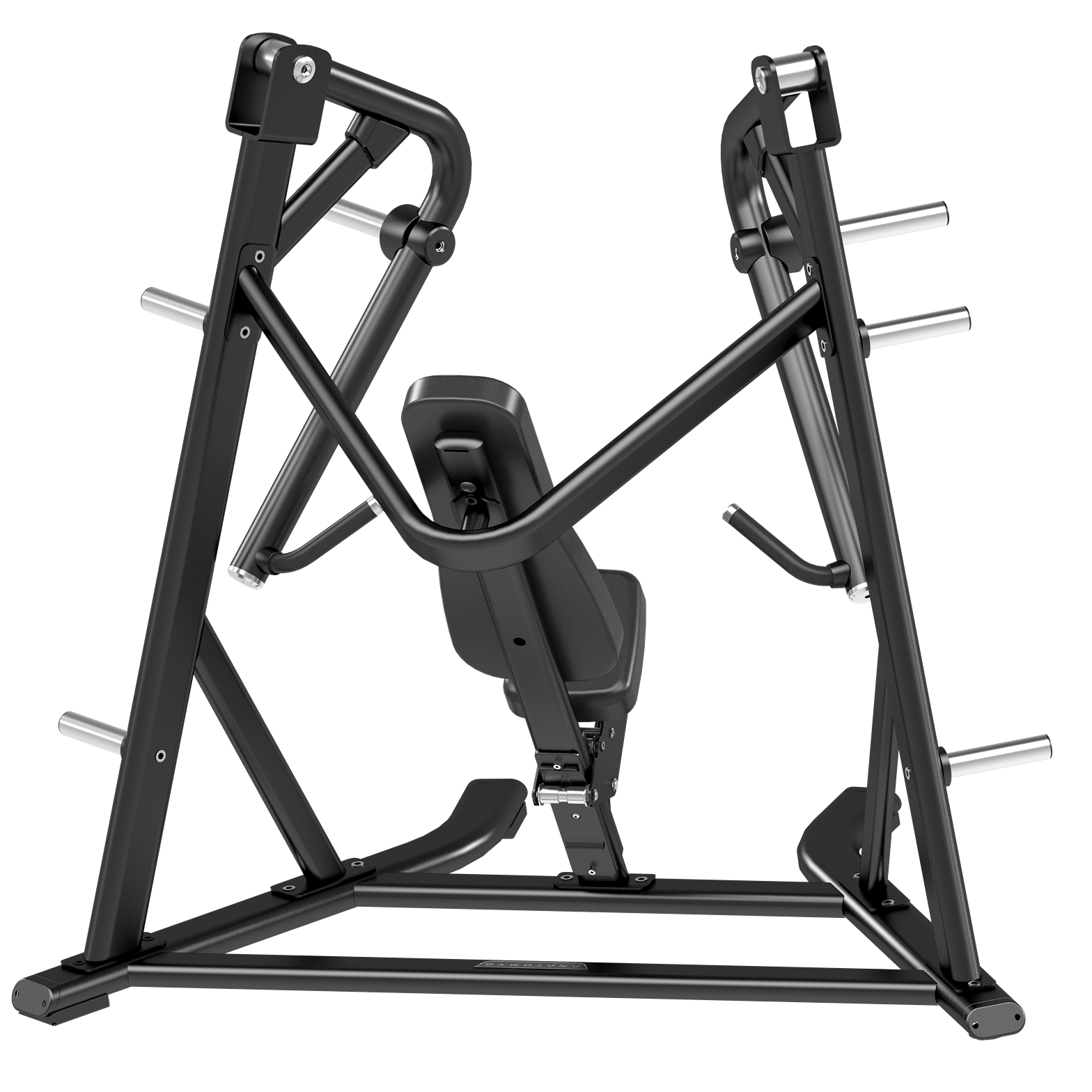When building a home gym, choosing the right equipment and exercises can significantly impact your strength gains and overall fitness results. For chest workouts, the flat bench press has been a long-time favourite among athletes and fitness enthusiasts. However, the decline chest press has gained popularity for targeting the lower pectorals more effectively. If you’re setting up your gym setup Saudi Arabia, understanding the differences between these two exercises will help you decide which one deserves a spot in your training routine.
Understanding the Decline Chest Press
The decline chest press involves positioning the bench at a downward angle, typically between 15 to 30 degrees. This angle shifts more of the workload to the lower portion of the chest muscles, while still engaging the triceps and shoulders. It can be performed with dumbbells, a barbell, or an Olympic bar for added stability and weight capacity.
In a home gym setup, the decline chest press is beneficial for building a well-rounded chest by developing an area often underworked in flat or incline movements.
Understanding the Flat Bench Press
The flat bench press is performed on a horizontal bench, targeting the middle portion of the chest. This exercise is a staple in most strength training programs and is often considered the gold standard for upper-body pushing strength. Using an Olympic bar allows you to lift heavier weights safely, making it an effective choice for progressive overload.
For those planning a gym setup in Saudi Arabia, the flat bench press remains a versatile option since it can be easily adapted for beginners or advanced lifters by adjusting weight loads and rep ranges.
Key Differences Between the Two Exercises
1. Muscle Activation
-
Decline Chest Press: Focuses on the lower chest muscles, helping create a fuller and more balanced chest appearance.
-
Flat Bench Press: Targets the mid-chest muscles, with secondary involvement from the triceps and shoulders.
2. Joint Stress
-
Decline Chest Press: Reduces strain on the shoulders due to the decline angle, making it a safer option for individuals with mild shoulder discomfort.
-
Flat Bench Press: Can put more pressure on the shoulder joints if form is not maintained, especially at heavier loads.
3. Strength Development
-
Decline Chest Press: Helps improve pushing strength in angles used in certain sports and functional movements.
-
Flat Bench Press: Builds overall pressing power, making it highly effective for strength athletes and general fitness.
4. Equipment Requirements
-
Decline Chest Press: Requires a decline bench or adjustable bench that supports the decline angle.
-
Flat Bench Press: Requires only a standard bench and Olympic bar, making it more accessible for smaller home gyms.
Choosing the Right Option for Your Home Gym
When deciding between the decline chest press and flat bench press for your home gym, consider these factors:
-
Goals: If your aim is to develop the lower chest, the decline press is a smart choice. For overall chest strength, the flat bench press may be more beneficial.
-
Space & Budget: A flat bench takes up less space and is often less expensive. A decline bench offers more variety but requires additional room.
-
Injury History: If you experience shoulder discomfort, the decline press may be more joint-friendly.
-
Training Variety: Having both options available can help avoid plateaus by working the chest from different angles.
How to Perform Each Exercise Correctly
Decline Chest Press (with Olympic Bar)
-
Adjust the bench to a 15–30-degree decline angle.
-
Secure your legs under the support pads to prevent sliding.
-
Grip the Olympic bar slightly wider than shoulder-width.
-
Lower the bar to the lower part of your chest in a controlled motion.
-
Press the bar upward until your arms are fully extended.
Flat Bench Press (with Olympic Bar)
-
Lie flat on the bench with your feet firmly on the ground.
-
Grip the Olympic bar just outside shoulder-width.
-
Lower the bar to the mid-chest while keeping your elbows at about a 45-degree angle.
-
Press upward without locking your elbows at the top.
Benefits of Including Both in Your Routine
While choosing one exercise over the other may be necessary in a compact home gym, integrating both can maximize muscle development. Alternating between flat and decline presses can:
-
Prevent muscular imbalances.
-
Improve strength in multiple pushing angles.
-
Enhance overall chest aesthetics.
If you’re planning a gym setup in Saudi Arabia, including an adjustable bench and an Olympic bar will allow you to perform both exercises effectively.
Final Thoughts
The debate between decline chest press and flat bench press doesn’t have a one-size-fits-all answer—it depends on your fitness goals, available equipment, and personal preferences. For a complete chest workout, incorporating both variations into your training routine is ideal.
When building your home gym or planning a gym setup in Saudi Arabia, make sure to invest in quality equipment like an adjustable bench and a sturdy Olympic bar. This ensures safety, versatility, and long-term progress in your strength training journey.

